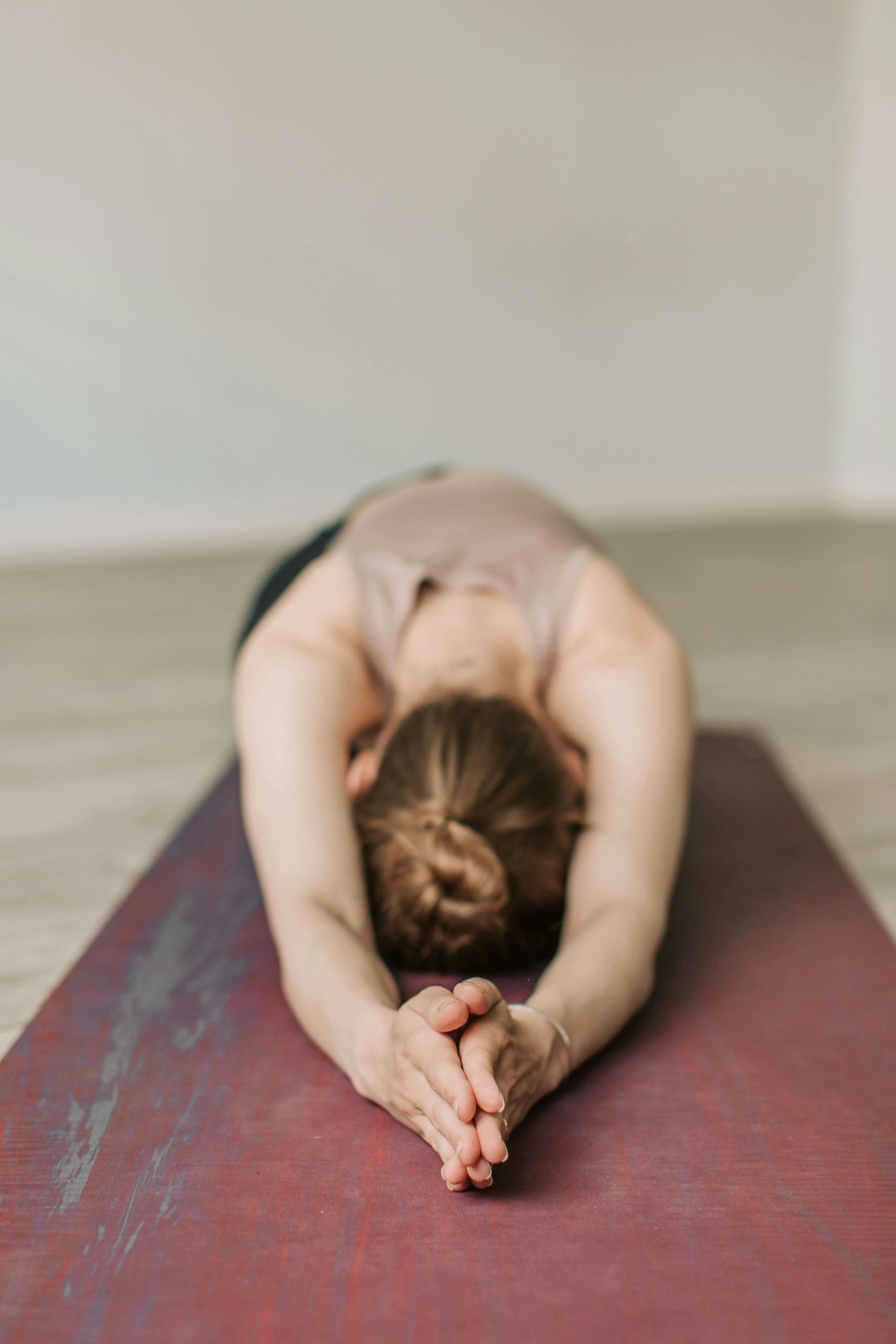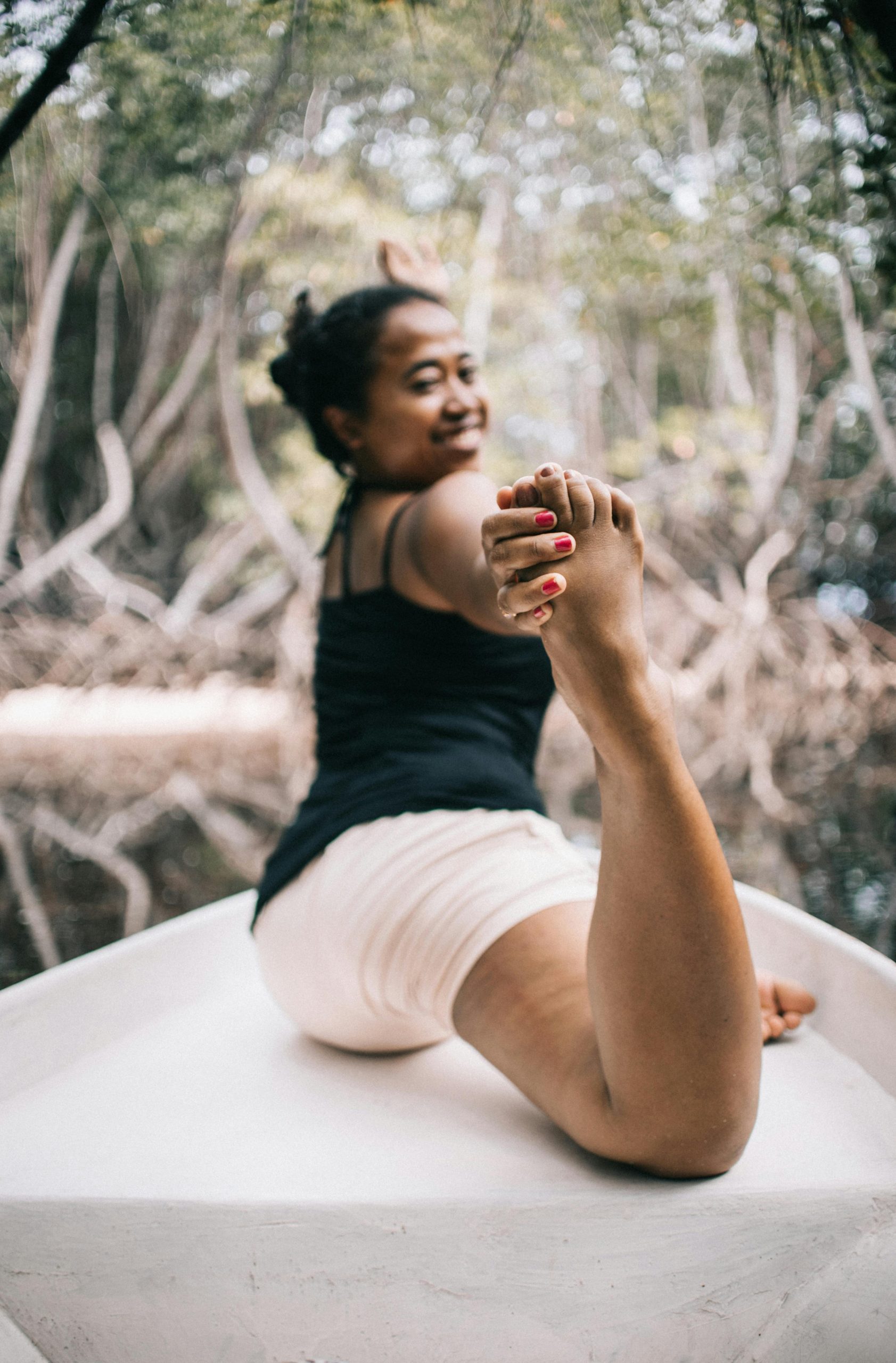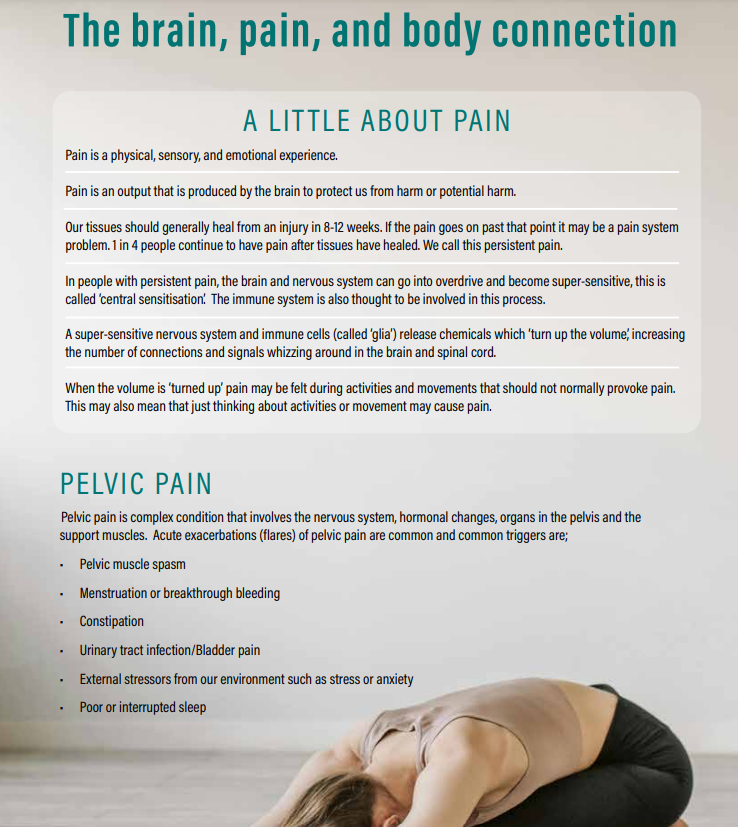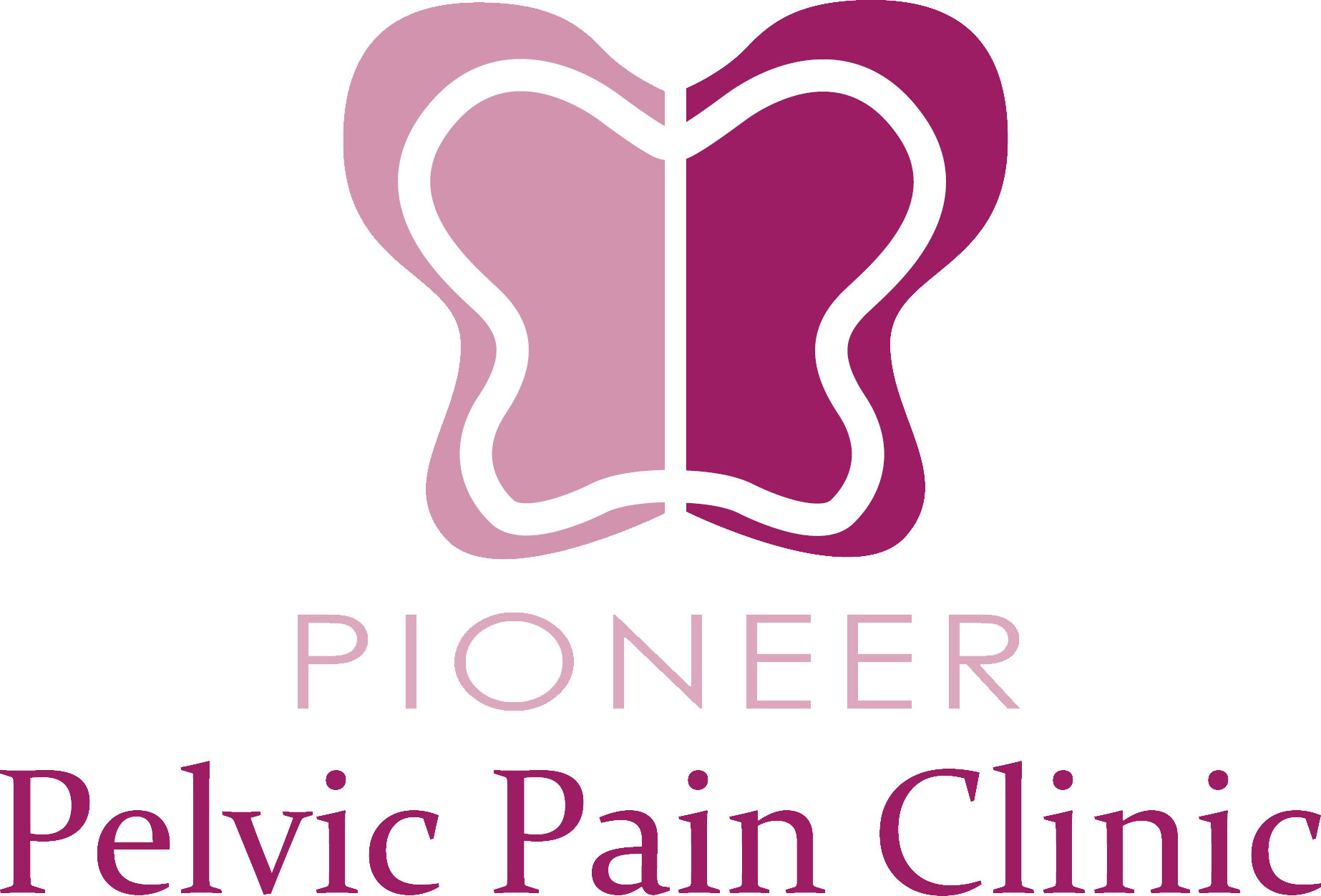From our Pelvic Health Physio
Breathe and Stretch - Exercising with Endo

Pelvic Health Physiotherapist Katie Stan-Bishop


Yoga Instructor Emma Polette


Breathe and Stretch
The brain, pain, and body connection
Movement, Mindfulness, Breathing and Yoga
Little moments throughout the day add up, and can make a big difference.
Use your calming strategies such as guided meditation and breathing.
Start with 5-20 minutes every day.
These strategies can play a role in managing your pain, but also in managing stress and anxiety.
Learning to relax is a learned skill, so regular practice outside of flares is important.
There are many guided apps and websites, see our resources page for some suggestions.
Breathing Awareness
Mindfulness and Meditation
Practice points
- Scan your body for areas of tension and imagine them softening, like a block of ice melting or a flower opening. Try and imagine the tension spreading and diffusing, like steam in a room.
- Imagine breathing into and out of areas where you feel tense, as if you’re breathing through the pores of your skin rather than your nose. Visualise your breath spreading to the areas of your body that are tense.
- Be patient and kind with yourself rather than trying to force relaxation. Trying too hard or striving to reach some special state of relaxation can put you under pressure, which makes it even harder to relax. It is OK to have this as a strategy that you come back to and gradually work on.
- One of the most powerful things that meditation can teach us is how to be a better friend to ourselves. It is important to allow our body and mind a little compassion, especially when it has been dealing with years of pain or trauma.
- Meditation helps to tune in to a kinder, more friendly way to relate to ourselves. Research shows that stoking the fire of self-compassion not only warms the heart, but it also helps with pain.
Breathe and Stretch
Yoga
Yoga is a unique practice which works on the connection between mind and body. When yoga techniques are practiced there are positive effects on our nervous system. Research tells us that body releases less stress hormones and the “relaxation response” can be initiated.
Yoga uses stretches, balances, breathing techniques and relaxation practices to achieve this.
Yoga can be helpful in addressing some of the movement-related aspects of pain that can contribute to a pain experience, for example, tight muscles and stiff joints.
Regular yoga can help to release tension in the body, improve mood, immune system function and help you feel good.
Research suggests that the positive impact on mood and mental health is one of the primary ways yoga works to improve your day-to-day function, moderate pain, and mood.
Exercise in general can also deliver similar benefits to your health and wellbeing.
It is important to experiment with different types of movement and exercise to find something that feels good.
Exercise and movement can be used as ‘medicine’. Sometimes we need to adjust our movement and activity levels to meet our body and mind at the point where they are at.




